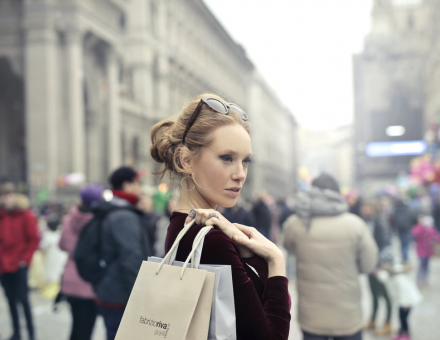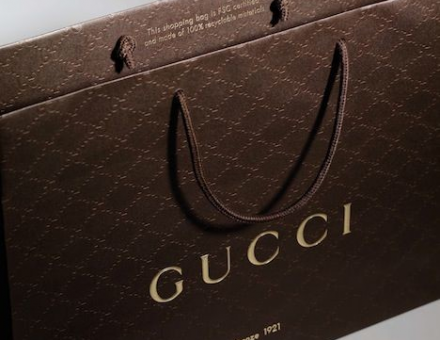The luxury industry doesn’t have the best reputation in terms of sustainability—perhaps its original sin?
The exclusive model employed in this industry depends on the rarity and exclusivity of the products sold. This model implies very high production, transport, and marketing costs. Besides, luxury brands are often cited as the worst performers in terms of social and environmental responsibility.
However, this model is changing. Faced with constantly evolving customer demands for high-quality, sustainable goods, the luxury industry needs to undergo a complete paradigm shift.
A recent shift in consumers' preferences
Do consumers value ethical and sustainable features when buying luxury products and services? A few years ago, the answer to this question was “no”: Customers were looking for exclusivity and rarity, and the brand was the cornerstone of the marketing strategy.

Customers wanted to wear a particular brand—regardless of the product’s quality or sustainability. Since then, customers have changed their priorities, and this movement began with young people.
A recent study by the Shelton Group suggests that millennials want to shop from sustainable companies.
With the consumption of natural resources, the extraction of precious stones and metals, the use of leather, and products manufactured in China, many customers feel that brands do not value them. Consumers want beautiful, high-quality, durable goods that reflect their respect for the environment and for the workers who manufacture these products.
New environmental practices
Gucci has pioneered the adoption of sustainable practices in the luxury industry. The Italian brand started developing products that respect environment in 2010, with a 100% traceable handbag collection, recyclable packaging, and eyewear made from castor-oil seeds.

Picture on the right: Gucci has used recyclable packaging since 2012.
In 2018, Gucci went further by selling only fur-free goods, stating that the company would no longer use fox, mink, rabbit, sheep, or raccoon fur. In this way, the brand joined Stella McCartney, Giorgio Armani, Hugo Boss, Tommy Hilfiger, and Ralph Lauren in the circle of luxury brands to become "fur free."
Stella McCartney and Vivienne Westwood have also made great efforts to establish sustainable practices: They have announced that they will switch to green energy suppliers by 2020.
Ethical Eco Friendly Jewellery
On May 16th in Cannes, Julianne Moore walked up the famous steps of the French film festival. The American actress was wearing earrings and a ring from the French jeweler Chopard with gold and diamonds of a unique type.
The jewelry she was wearing was made from sustainable gold and labeled "Fairmined," meaning it was extracted according to rigorous standards in terms of environmental protection and the economic and social development of mining communities. The diamonds Moore wore were certified according to the code of conduct of the Responsible Jewelry Council (RJC).
The jewelry industry faces very pressing human rights issues. In 2006, the film Blood Diamond exposed the dark face of diamond mining in Africa, with diamonds mined in war zones and sold to finance conflicts, thereby profiting warlords and diamond companies across the world.

Picture on the left: Diamond mining involves serious human rights issues.
Facing this tragic situation, the jewelry industry has established the Kimberley Process, the industry's first voluntary initiative for the traceability of rough diamonds.
Greenwashing or true change?
From fashion to jewelry, the initiatives mentioned above show that sustainable practices are not just marketing and communication promises, known as “greenwashing.”
The sustainable dimension is now a part of the emotional experience of buying and wearing luxury products.
The luxury industry, which represents only 5% to 10% of global clothing sales by volume, can serve as an example of best practices for the whole fashion industry. Through their influence, famous brands, star creators, and multinational luxury groups can increase awareness and drive change in the entire fashion sector—from fast fashion to the most exclusive luxury.
The spread of this trend will be welcome: According to a report published this year by Climate Works and Quantis, the apparel industry alone accounts for 6.7% of global greenhouse gas emissions.
Customer expectations as sustainable goods are continually challenging brand strategies of luxury companies.
As a broad-based program, the MSc in Luxury Management & Marketing run by emlyon business school will help you identify connections across multiple segments of the luxury industry, allowing you to demonstrate that you possess the industry-specific understanding that future employers seek when hiring managers.


